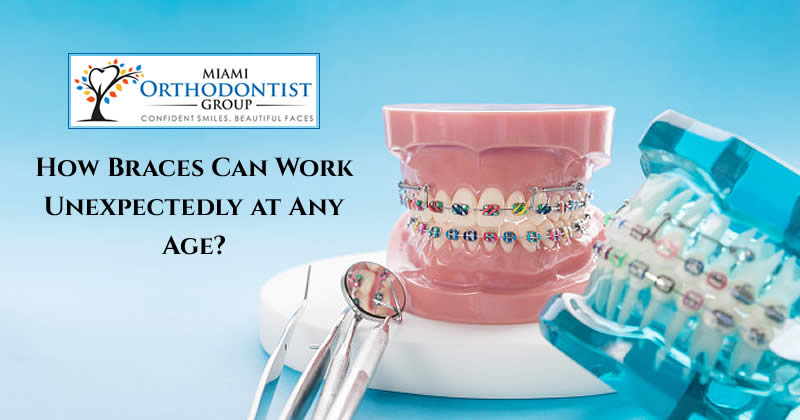For that beautiful smile, people do anything! However, there are people who don’t get enough to smile for they have crooked teeth, crowded smiles, or poorly aligned bites, which do not let them do that openly and clearly.
These problems are not just cosmetic but can get one into severe dental trouble like overlapping or crowded teeth can be difficult to clean, thereby making tooth decay and gum disease eventually or malocclusion, or bad bite can cause chewing and swallowing problems and so on so forth.
Crooked teeth can be a real problem, irrespective of your age and condition of your mouth. People with crooked or misaligned or unusually placed teeth feel inferior. Moreover, others take no time to pass negative judgements about crooked teeth. Teeth issues can come in any shape and in any way, one can’t even predict. However, there are solutions to each and every dental issue. However, bracelets are a solution which is given to the most patients who struggle with crooked tooth/teeth.
Braces are the most commonly used orthodontic appliance for crooked treatment. Braces are extremely versatile, can move the teeth in a variety of directions at once along with treating many teeth at the same time. Braces rely on the use of brackets cemented or bonded to the tooth surfaces. Arch wires are attached to the molars on both the end of the dental arch, and are threaded through the brackets to direct the force being applied to the teeth. This prevents the tooth/teeth from moving back to its original position.
Types of Dental Brace
There are five most common types of braces and what situations they best work for:
Metal Braces. Often called “traditional braces,” earlier these braces were used and are made up of metal.
Ceramic Braces. Ceramic braces were popular alternative to metal braces. The brackets of ceramic braces
were made of ceramic material, to give braces an invisible touch.
Lingual Braces. Exact same as metal braces, just that they were used on the inside of the bite, instead of on the outside.
Self-Ligating Braces. This one is similar to traditional metal and ceramic braces, they are self-ligating braces make use of the bracket and wire system. Even today many orthodontists use them.
Invisalign. Also called invisible braces, the most common and the most effective system today. However, they are not ideal for every patient, but they do provide a number of benefits, which even includes the ability to completely remove the treatment to clean the teeth and the aligners when necessary.
How Dental Braces Can Work Unexpectedly at Any Age
More often than not, people associate dental braces with teenagers, just because this is when most people first notice their crooked teeth. However, you will be surprised to know that there is no age limit for getting dental braces treatment. The good news is, you can use braces at any age to correct your misaligned teeth, as long as your teeth and gums are strong to bear the pain of the treatment. Because, dental braces are not suitable for patients with weakened gums or poor dental health.
For dental braces put a lot of extra pressure on the gums. Of course for that you need to have strong, tough, and flexible gum tissue that is able to bounce back if you want to wear braces.
Dental braces are becoming increasingly common for adults to be fitted with braces. For a simple reason because when they were small their families could not afford it. So, they try dental braces treatment in adulthood to try and fix their crooked teeth.
Cost and Treatment Times Differ
Dental treatments are pricey affairs. Mostly the cost depends on the location, age of the patient, the type of the clinic, type of the braces etc. The complete treatment may take somewhere around 2 years.
KEEP SMILING… Braces are there with age no bar!!


